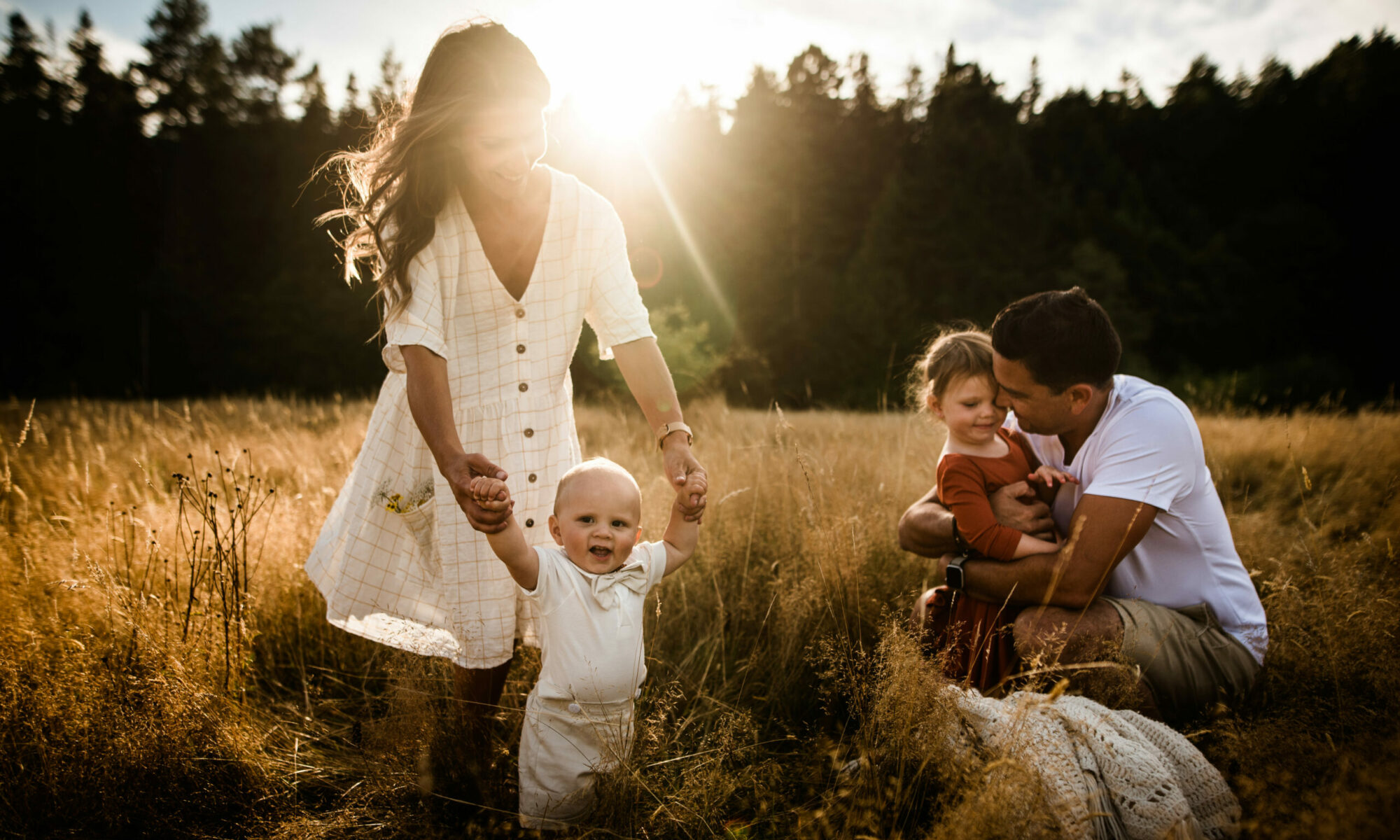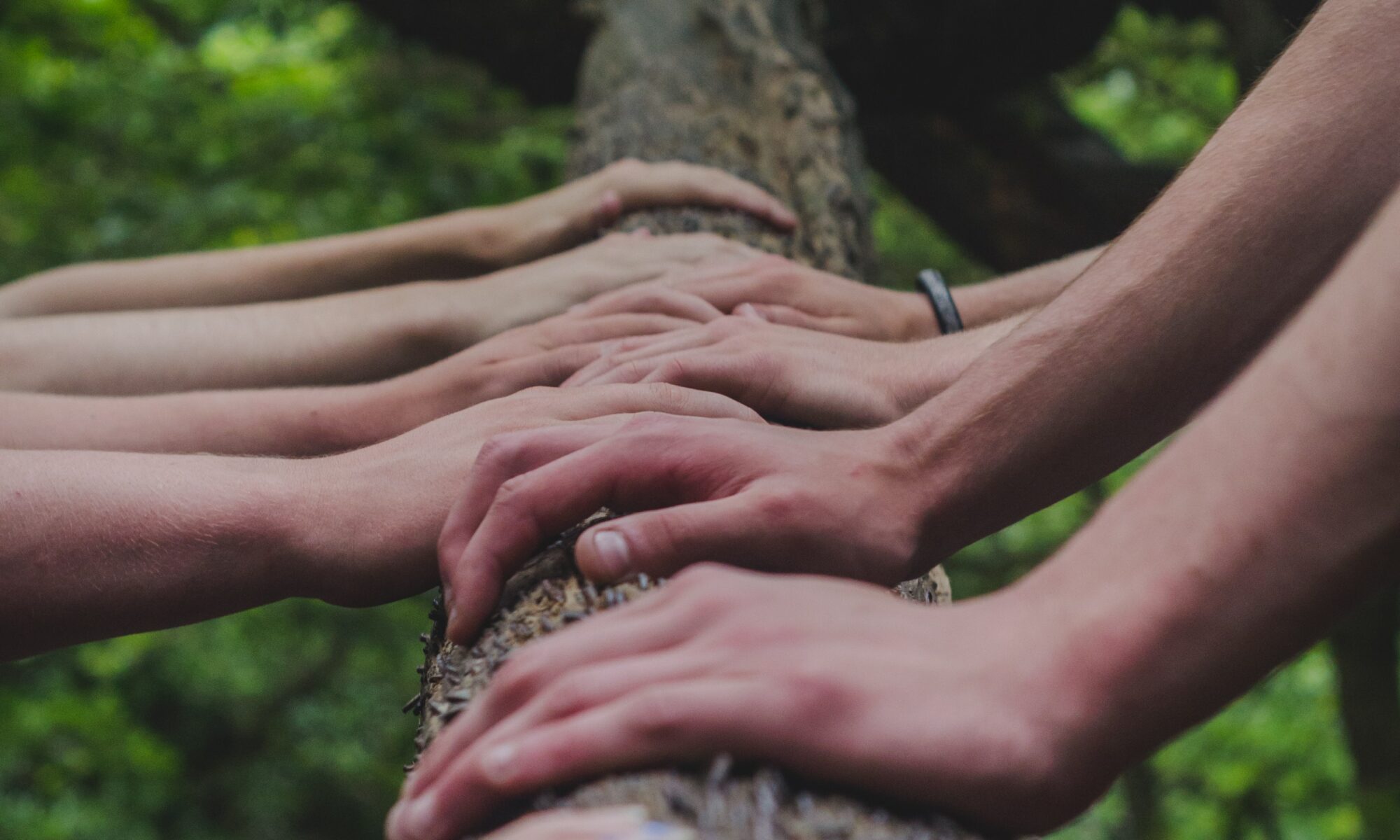After reading chapter 4, analyzing the interview between Miller and Simpson, and discussing with my group, I am newly aware of the impact that social media has in advocacy communications. I am realizing that information can be gained in, and spread quickly through, social spaces, that Hashtagging provides a common language and an avenue for sharing and connecting, and that when the sharing of passion extends through social spaces aiming to influence specific audiences, reaction and change can happen. In other words, social media is an effective avenue to share passions, start conversations around those passions, spread the word on those passions and to evoke passion in others, thus making people take action and create change in relation to those passions. It is a way to help engage in community and have your voice heard.
In one of our discussions, @callim mentioned that, “What defines advocacy communications is that they focus tightly on influencing specific audiences and using specific messages in order to deliver changes in policy or practice. In general, successful advocacy communications require clear objectives, knowledge of the intended audience, language appropriate for that audience and content that is short, specific and to the point.” (@callim, 2021). @Callim’s comment reminded me of Miller and Simpson’s interview. Simpson was clear about his passion for adding black history into curriculum and this was his clear objective. He gained the knowledge through reaching out to like-minded people on social media and by attending conferences (knowledge of intended audience), then he began posting and Hashtagging in a common language in order to communicate his passion/intentions, as well as enlighten his passion/intention within others. Those hashtags then took off and had others re-tweet/using those same hashtags, thus spreading his word even further within the community, as well as into the positions of power that can instil change. In Simpson’s experience, his use of social media brought attention to his objective. Because of social media Simpson’s voice has reached people in places it may never have reached.
An example of social media reaching people it may not have reached or bringing attention to certain issues which may not have been noticed is one which resonates with me. One day when I was checking facebook, I had a notification in our neighbourhood group. When I checked this notification, I was met with a petition to stop the development of a piece of land directly behind me which is filled with old growth. This piece of land is a park that I take my family to on a regular basis. It is a place where people have made wooden signs which have both First Nations words and English words labelling the plant life there. It is a place where someone has taken the time to create little natural fairy/ troll homes for my littles to examine, wonder about and extend their imaginations. This place resonates deep with me and I had NO PRIOR IDEA that there was any intention of developing it until I saw this petition which was posted by a member of the community. I may have missed it in the news or even on signage, however it reached me through social media and I am grateful it did.
Not only am I glad that social media has opened up avenues to reach me, I am glad that it enables us to participate in the sharing and curating of information in an affordable way, which other models do not. Clarke and Aufderheide’s speak to how social media gives more choice as to what is being shared, more “chance for conversation and curation, collaboration with media makers and more creation by users” (Clarke & Aufderheide, 2009). Social media has given individual users the ability to move from “being an anonymous part of a mass to being the centre of the media picture,” as well as “has created a space where people come in as participants and leave recognizing themselves as members of public.”(Clark & Aufderheide, 2013). Many communities have formed because of social media, thus creating extensive connections to community and a sense of belonging. When you have a sense of community and purpose, you begin to take the steps to make change in and for that community or to engage within it. Take the Black Lives Matter movement for example. This community grew together and through effective communication on social media, is continually creating change by educating and influencing others. Another example is Simpson. Simpson found his community and they grew together. They began extending their networking through social media, thus reaching influencers such as the Minister of Education, Rob Flemming and The president of the BCTF Terry Mooring who now participate in implementing Simpson’s ideas. They all found a community and aimed at making change within it. Their voices are being heard and they are recognized as active members in the community.
These examples have given me an understanding of how I could better use social media to build my PLN in order to promote and advocate for social change. Simpson notes that the growth of his PLN came from being very authentic and from there it expanded quite naturally (Simpson, 2021). This inspires me to use my PLN as a space for change because it gives light to the fact that my PLN can represent who I am and what I care about as a person, not just a professional. It demonstrates that my thoughts and values are important and I can make change with the help of others. Simpson’s hashtag helps me remember that we are, “Stronger together, together we rise.” Therefore, it is important for me to step into my community and help create change within it either through my own PLN or participating in others’. This way, I am doing what is best for me and for my community. I am engaging with my community and being an active participant.
I feel that my PLN does amplify the views of others as I tend to share petitions and initiatives of others. For example, a friend of mine is a guide for an athlete who is visually impaired. He was raising awareness, as well as funds, to support athletes who are visually impaired, through a race he was promoting on the island. I shared this with others through social media and participated in it myself, therefore amplifying someone else’s views. I also do this with many other initiatives and causes, not only to aid in the cause itself, but because I appreciated others’ bringing attention to my cause when I fundraised to support learners in Africa. Looking back, when fundraising for Africa, hashtagging and tweeting did not exist. However, if it did, I do think that creating them could have helped curate more influencers to spread the word and potentially create a larger impact. This being said, influencers can also take a negative light when endorsing a product because they are being used as marketers for a certain product which they have been paid to promote. In that case, the endorsement is not necessarily what the endorser holds value in. Rather, it is a pay check.
I think what I truly took away from this post is that my opinions, knowledge and values matter and that I can instil change with the help of others and social media tools. I can use my PLN and social media to authentically start a meaningful dialogue with others who I can learn from and learn with and who can extend our dialogue further. When our community assembles and we create a common language, our views can be shared and possibly get engagement from leaders who can amplify our message or enact change in our communities. This engagement shows that our voices are being heard and that our voices have impact. Together, we are stronger.
Citation
Simpson, Markiel. “EDCI 338 – 2021 – 02 – 22 MARKIEL SIMPSON.” 21 Feb. 2021. doi: https://youtu.be/yCSpm1Lx8-A
Clark, J., & Aufderheide, P. (2013). A New Vision for Public Media – Open, Dynamic, and Participatory. In J. Pooley, L. Taub-Pervizpour, & S. C. Jansen (Authors), Media and social justice (pp. 55-67). New York: Palgrave.


The sentiment that you’ve shared at the end of the post about your “opinions, knowledge and values matter[ing] is actually exactly how the interview between Markiel Simpson and Jesse Miller made me feel! Simpon’s message about not necessarily needing to be an expert to get involved was very inspiring and empowering. I think that our unique experiences as individuals each help us to create content that adds some sort of value to whichever movement or community that we decide to become a part of! I feel as though there are so many individuals who get a lot of media attention and air-time whose messaging is not the best informed or is even dangerous at worst and I think it’s important for those of us who are a bit more hesitant to feel confident enough to get our voices out there as well, despite not being an expert in something.
Hi! Once again, you wrote a great blog that was not only inciteful but also highlighted your skills of incorporating various sources to strengthen and illustrate your point. I agree with you when you state that you can use PLN to “authentically start a meaningful dialogue.” Furthermore, you end your blog on the phrase “together we are stronger”, in my blog, I make a point of how me and Simpson sharing similar experiences connects me and him in the vast world and how readings + interview for this week rejuvenated the idea of unity in my mind, and taking this into account, I centralized my blog around this. Knowing that you incorporated a sense of unity in your blog as well shows me that we are learning on a similar page and our thinking is connect(ing/ed) which is what social media and mattermost aim to do, connect people and their beliefs. Great blog!!!
Great blog Jayne! I love who you used examples from your comments. Also, incredibly interesting about the funding raising for Africa, crazy to think of how different it would have been if you were fundraising now.
Hi Jayne,
Thank you for this well written post! I totally agree with you on what you said about hashtags becoming a common language for people who share the same passion and vision. When I was going through last week’s materials, I get this feeling that social media has provided a channel for us to advocate for things that we care about in a more peaceful, yet more connected way. Hashtags serve as labels where we could identify with other people and form communities based on our common grounds. Social media really has changed our way of living, and provides large potential for improving our public life.
I also really appreciate the example you gave about the petition happening in your neighborhood. Social media not only make it possible that we are aware of these issues, but also provides avenues for us to participate in these issues to make a difference.